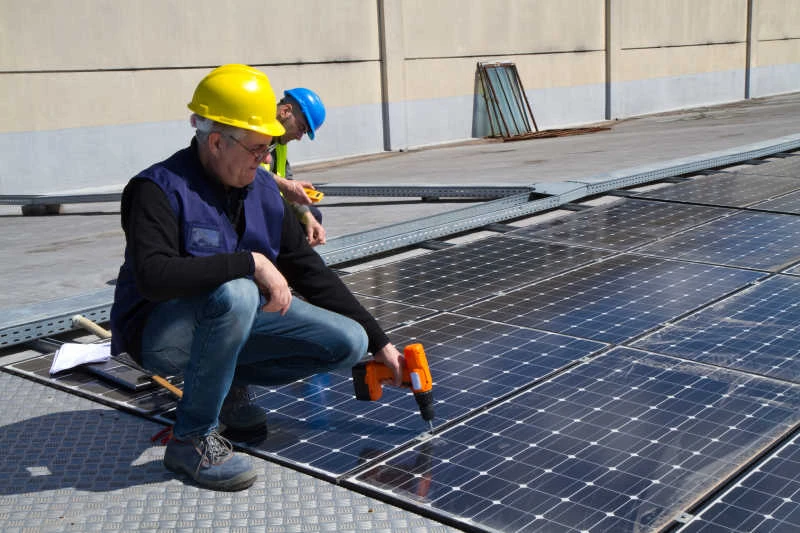theoretical efficiency of solar panels
Theoretical Efficiency of Solar Panels
The quest for renewable energy sources has propelled solar energy to the forefront of sustainable technology. Among the various technologies harnessing solar energy, photovoltaic (PV) solar panels are the most widely used. The theoretical efficiency of solar panels refers to the maximum possible efficiency that a solar cell can achieve under ideal conditions, providing a benchmark for researchers and manufacturers in the quest for improved solar technology.
At the core of solar panel efficiency lies the principles of physics and materials science. The theoretical efficiency is largely determined by the properties of the materials used in solar cells, the spectrum of light they can absorb, and the mechanism through which they convert sunlight into electricity. The efficiency of a solar panel is defined as the ratio of electrical output to the incident solar energy. Currently, the widely used silicon-based solar cells have a theoretical maximum efficiency of about 29.4%, according to the detailed balance limit established by detailed balance theory. This limit is dictated by the physical laws governing photons and electrons, particularly the separation of charge carriers.
In addition to silicon, there are other materials and technologies that have been explored for solar panels. For example, multi-junction solar cells, which are designed to absorb various wavelengths of sunlight by stacking multiple semiconductor layers, present a promising approach to exceed silicon's limits. These advanced materials, like gallium arsenide, have achieved laboratory efficiencies exceeding 45%. Such figures demonstrate that while silicon has been the workhorse of the solar industry, alternative materials may pave the way for higher efficiencies in the future.
Another vital aspect of theoretical efficiency is the concept of light trapping. In practical scenarios, not all photons incident on a solar panel contribute to electricity generation due to reflection, transmission, or sub-bandgap energy losses. By employing advanced optical designs, such as textured surfaces and anti-reflective coatings, manufacturers can minimize these losses, thereby enhancing the practical efficiency of solar panels.
theoretical efficiency of solar panels

Moreover, the operational environment plays a crucial role in efficiency. Real-world factors, such as temperature, shading, and angle of incidence, can significantly affect the performance of solar panels. While theoretical models provide a benchmark, the actual efficiency observed in real-world applications tends to be lower. Modern advancements aim to mitigate these factors, exploring smart technologies such as solar tracking systems that adjust panel orientation to maximize sunlight capture throughout the day.
Research continues to evolve in the quest for more efficient solar technologies. Emerging techniques, including bifacial solar cells that capture sunlight on both sides, and perovskite solar cells, which promise lower production costs and higher efficiencies, illustrate the dynamic nature of solar research. Perovskite solar cells have shown remarkable increases in efficiency, with lab tests achieving over 25%, and they hold the potential for further advancements through ongoing research.
While the theoretical efficiencies of solar panels offer exciting possibilities, the journey from laboratory benchmarks to commercial deployment is fraught with challenges. Issues surrounding the stability, scalability, and regulatory approval of novel materials hamper the rapid adoption of advanced solar technologies. As a result, the market remains predominantly dominated by proven technologies such as crystalline silicon.
In conclusion, the theoretical efficiency of solar panels serves as a critical point of reference in the ongoing development of solar energy technologies. While the quest for higher efficiencies will undoubtedly continue, the focus must also remain on making solar energy accessible, cost-effective, and sustainable. The anticipation surrounding next-generation solar technologies promises a bright future for renewable energy, paving the way for solar power to play a pivotal role in global energy systems. As research advances, we may soon see a world where higher efficiency solar panels become a viable solution for meeting the growing demand for clean energy.
-
Unlocking Energy Freedom with the Off Grid Solar InverterNewsJun.06,2025
-
Unlock More Solar Power with a High-Efficiency Bifacial Solar PanelNewsJun.06,2025
-
Power Your Future with High-Efficiency Monocrystalline Solar PanelsNewsJun.06,2025
-
Next-Gen Solar Power Starts with Micro Solar InvertersNewsJun.06,2025
-
Harnessing Peak Efficiency with the On Grid Solar InverterNewsJun.06,2025
-
Discover Unmatched Efficiency with the Latest String Solar InverterNewsJun.06,2025







